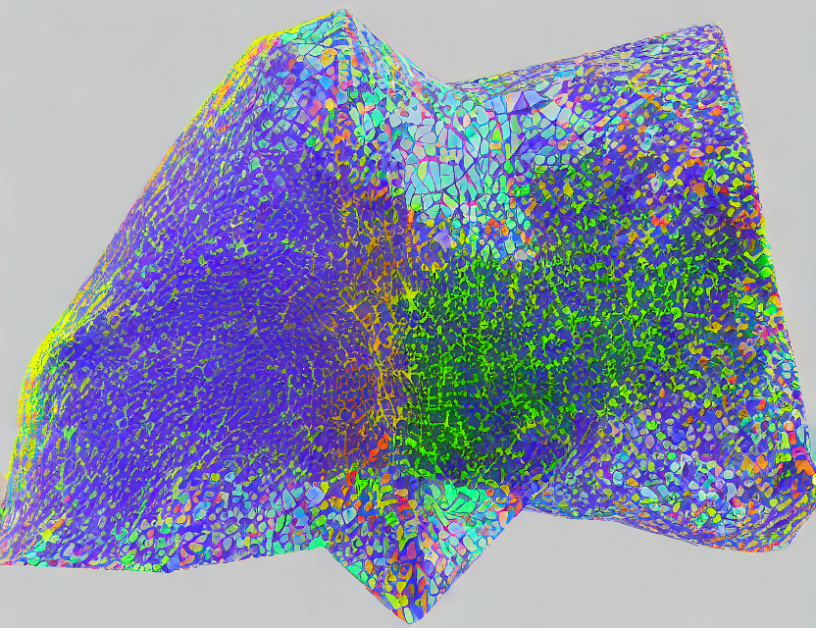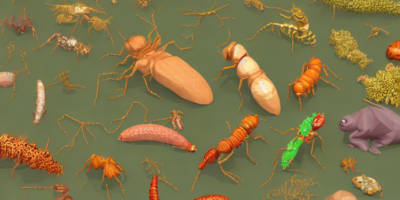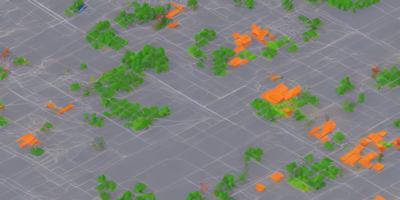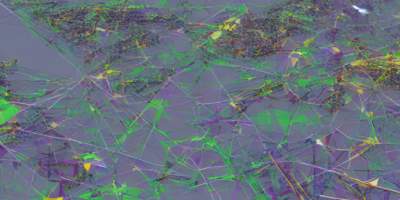The brain is like a big library that stores information in different ways. Scientists have long believed that one way this happens is through something called "sparse coding," where the brain only uses a small number of important bits of information to represent things we see or hear. But until now, no one has been able to study how sparse coding works in the entire human brain.
Our Study
We decided to use a technique called matrix factorization to understand how the brain represents visual stimuli in the whole brain. We analyzed functional magnetic resonance imaging (fMRI) data from hundreds of people and found that sparse coding is indeed present in the way the brain processes visual information. In other words, the brain uses only a few important pieces of information to represent what we see.
Methods
We used several different matrix factorization methods to analyze the fMRI data, including SparsePCA (a method that tries to find the most important features in the data) and FastICA (a method that also tries to find important features but uses a slightly different approach). We found that the features extracted from these methods were able to classify visual stimuli more accurately than those extracted from other methods.
Results
Our results suggest that sparse coding is indeed present in the way the brain processes visual information in the whole brain. When we used high sparsity settings, the features extracted from SparsePCA or MOD under high sparsity setting could classify external visual stimuli more accurately than non-sparse MF method or sparse MF method under low sparsity setting.
Conclusion
In conclusion, our study provides evidence that sparse coding is a fundamental principle of information representation in the whole human brain. By using matrix factorization methods, we were able to extract features from the fMRI data that could accurately classify visual stimuli, suggesting that the brain only uses a small number of important bits of information to represent what we see. This discovery has implications for understanding how the brain processes complex sensory information and may lead to new approaches in machine learning and artificial intelligence.



